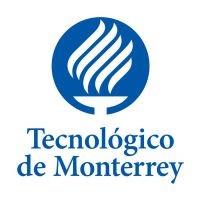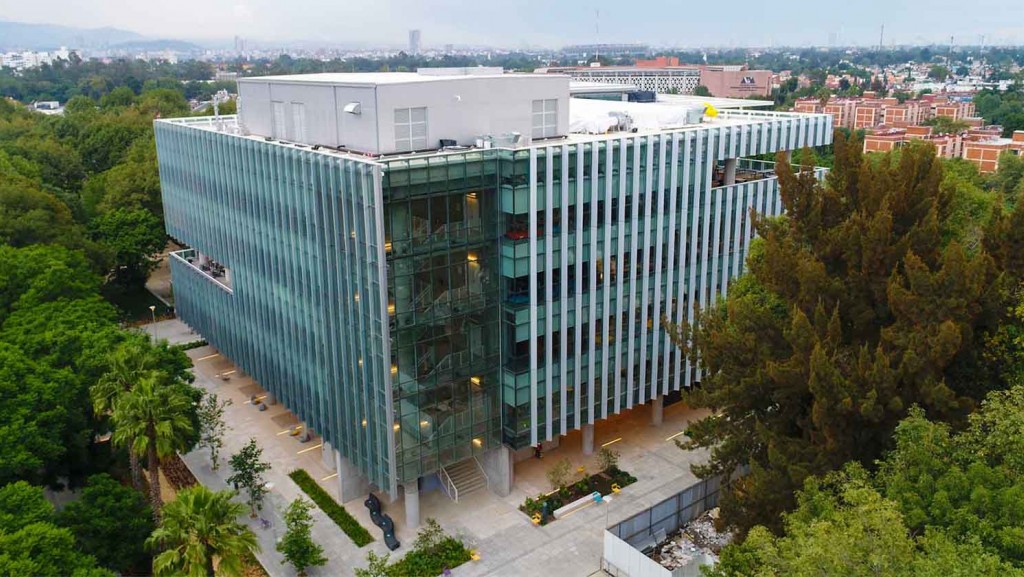Solution created by various ITA and TEC members using IoT and Networking.
Index:
- Team Members
- Teachers
- Challenge: Description
- Challenge: Methodology and Motivation
| Alexandre Barreto [@kabartsjc] |  |
|---|---|
| Luis José González [@luisjglz] |  |
| Luis Yépez Pérez |  |
| Cesar A. C. Marcondes [@cmarcond] |  |
This challenge follows the methodology of the Global Shared Learning Classroom program, an initiative of the Vice Rectory for International Affairs that promotes collaboration between students, professors, and international universities in a digital environment and with the use of technological tools. Global Shared Learning (GSL) is an opportunity to generate international experiences with meaningful learning. It consists of 5 weeks of collaborative work (sectioned in ice breaker, working sesions and reflections) between two different universities from different countries.
The first school being Tecnologíco de Monterrey from Mexico, a private university created 1943 institution that has various campuses all over Mexico, but the campus where the GSL program is taking place is in campus Mexico City, being one of the most well known and rated school in terms of engineering education all over Mexico.
The partner university is the Instituto Tecnológico de Aeronáutica, which is a public university institution linked to the Air Force Command and is in São José dos Campos (São Paulo). ITA was created in 1950 and is considered a reference center in engineering education in Brazil.
Year by year, disaster and crisis strike societies all over the world, leaving people and communities without resources. These include natural disasters such as tornados, earthquakes and hurricanes. Or human made such as shootings, terrorist attacks and chemical spills. The problematic tackled in this challenge is to create a solution focused on helping survivors in an aftermath of a hurricane, this would be really useful and a project that could save lives in tropical countries such as Brazil and Mexico, where flooding related experiences and it's estimated that in the future will augment thanks to events such as global warming, as seen in this following map:
If these predictions come to be true, there will be an increase in fatalities, financial, structural and social losses in these countries, and if the flooding intensifies it will cause even more electrical blackouts, rendering communications useless and difficulting the ways to get help and resources thanks to the risk of landslides and water currents caused by the flood, such as we can see in the following video present in the original challenge description:
The motivation behind this challenge is to solve the problematic of low communication and resource gathering during and after a flooding incurring disaster, which causes various lifes to be lost thabks to not being to ask for help in the disaster or getting help or resources after the flooding and giving out before any help arrives. If this solution is applied in real life, various lifes and help could be spread in an even wider range in these two countries, where the risk of flooding is present in all of the states of these two countries.
The methodology of this project follows 4 steps:
1.Project setup: This step consists in setting up the github repository and project, adding the required files (user stories and README).
2.Client and Edge stage: Consits on the setup of the brokers and android client. Link to the broker video (https://youtu.be/Bizd2bxhic4)
3.Cloud stage: Consists on the implementation of a cloud broker, and the integration of a SQL database into it. (https://youtu.be/x_5fe3hxtkk)
4.Final presentation: Consists on the presentation of the project in a workshop. (FINAL PRESENTATION IN STEP 4 FOLDER)



